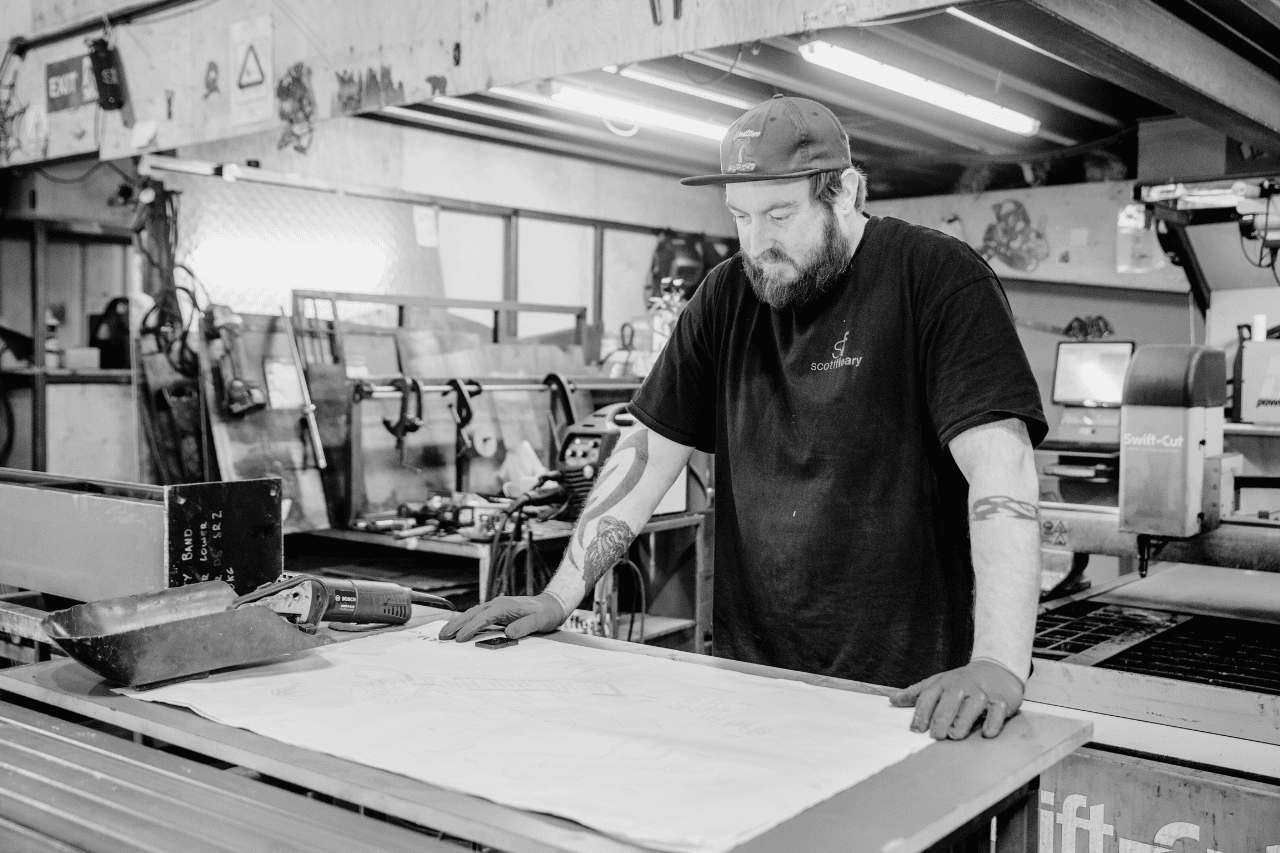Why London is Still the Capital for Scenic Construction and TV Production
Why London is Still the Capital for Scenic Construction and TV Production
Step onto any major soundstage in the UK and you immediately sense the history and sheer creative power of the British television, Theatre, and film industry.
For those of us who build those worlds, it’s clear why London is still the beating heart of scenic construction and TV production. London boasts diverse filming locations, incredible infrastructure, unique talent, and a culture of relentless innovation that has been built up over more than a century.
We at Scott Fleary Productions know this better than anyone. We were founded right here in London back in 1993, with a background in theatre. Our experience since then has confirmed that no other city offers the same dynamic ecosystem for transforming a bold vision into a physical set.
The Power of Proximity Major Studio Demand
To understand why London is the capital for set building, you need to look at the map. The sheer concentration of world-class film, theatre, and TV studios right in London is unmatched.
Within a stone’s throw of the city are industry giants whose names are synonymous with global blockbusters: Pinewood Studios, Shepperton, Warner Bros. Studios Leavesden, and the legendary Elstree Studios. These studios are massive production hubs that house extensive workshop facilities.
This infrastructure creates a constant, massive demand for scenic construction services. Every major project, from high-end TV drama to large studio-based entertainment shows, requires a dedicated team nearby that can design, fabricate, and install complex sets quickly. Our work on the Win Win production for Hello Dolly Limited, where the set was installed at Elstree Studios (George Lucas Stage), is a perfect example of this proximity in action. Production doesn’t stop, and neither can the scenic constructors who support them. It is this density of major players that feeds the entire production machine and keeps the scenic workshops running at full capacity.
Unmatched Craftsmanship London’s Talent Pool
A set is only as good as the people who build it, and London boasts an experienced crew base and an incredibly dense network of award-winning, creative talent, both in front of and behind the camera.
We have a highly specialised community of scenic artists, master carpenters, metal fabricators, and project managers. These are the artisans who translate a designer’s two-dimensional sketch into a structurally sound, high specification reality. The commitment to craftsmanship runs deep, nurtured by specialised educational institutions. For instance, scenic arts courses in the UK equip students with skills in prop making, scenery building, and painting, often including professional placements in commercial scenic workshops, such as Scott Fleary, right in London.
This strong talent pipeline is London’s secret weapon. It means that when a production requires a complex structural element or a highly detailed finish, such as the velour upholstery and gold tape detailing on the Win Win set, the expertise is readily available and located nearby. It’s a self-sustaining cycle: the major studios attract the productions, the productions demand the best talent, and the city’s institutions continue to supply that world-class skill.
From Theatre Heritage to Global Scale
London’s scenic construction industry has a spectacular history, having evolved from the early pioneers of British cinema and the long tradition of theatre. Our company, Scott Fleary, has its roots in the theatre, and that commitment to artistic dialogue and quality remains crucial, even on the grandest TV stages.
The city’s evolution is marked by iconic sites, such as Ealing Studios and the revolutionary BBC Television Centre, which laid the foundation for modern television broadcasting. Today, that heritage of innovation translates directly into the ability to handle complexity and scale. We regularly take on projects that require integrating traditional construction with cutting-edge technology.
The Workshop Culture Speed and Quality
What truly sets the London production ecosystem apart is its culture of high-pressure efficiency and quality control. When international productions invest here, they expect the best results delivered on tight timelines.
This competitive environment encourages close collaboration among the set designers, production managers, and workshops. The client and designer for Win Win were extremely pleased with the completed set, praising the quality of the build and the execution of the design vision. This success is a result of effective teamwork, including close collaboration with Production Manager Emma Gratton and accommodating several design changes even during the build.
The most striking testament to this efficiency is the speed of installation. For the Win Win set at Elstree, we had to complete the entire installation within a demanding one-week installation window. Executing a full scenic build of this size and complexity in seven days is standard for London. It is this combination of proximity, specialised talent, and a high-stakes culture that makes London the indispensable capital for scenic construction. The city builds its worlds quickly, professionally, and always to the highest specification.
Find out more about our services here.
Contact us to learn how we can assist you with TV or Theatre sets.
Follow our Instagram page!
Still Have Questions?
Our friendly team is here to help you out.

